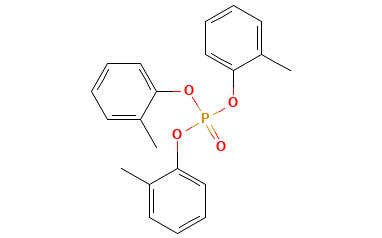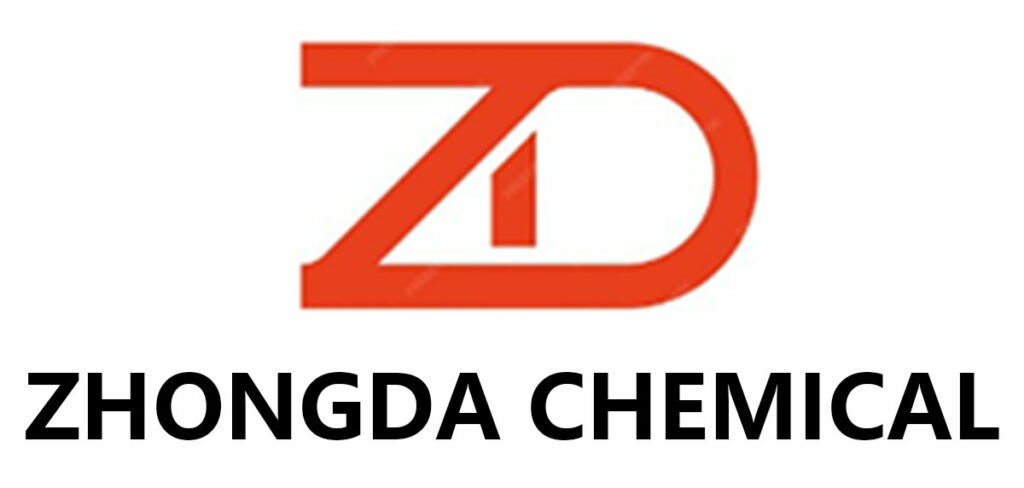Structure:
| Appearance | Colorless to slightly light yellow liquid |
| Formula | C21H21O4P |
| CAS No. | 1330-78-5 |
| EC No. | 215-548-8 |
| HS CODE | 2919900090 |
| Content (%) | ≥99 |
| Density(20℃)g/ml | ≤1.18 |
| P Content(℅) | ≥8.4 |
| Flash point(open)(℃) | 232 |
| Water (℅) | ≤0.1 |
| Viscosity | 65-75(25℃mPa.s) |
| Package | 200Kg/Galvanized Drum or 230Kg/Galvanized Drum |
| Synonyms | Tritolyl phosphate;Phosphoric Acid Tricresyl Ester ; |
Tricresyl phosphate is a mixture of three organophosphate isomers .In general ,
it is colorless and transparent oily liquid .It can dissolve in Toluene ,Methylene
chloride ,Methyl ethyl ketone ,Methanol ,insoluble in water
This product is an important flame retardant plasticizer for vinyl resin and nitrocellulose ,
used in the paint film can increase the flexibility, it has excellent intermiscibility,
used in synthetic rubber, PVC, polyester, polyolefin and soft polyurethane foam plastics
as flame retardants. This product can give high polymer good abrasion resistance,
weatherability, mildew resistance, radiation resistance and electric properties.
Can also be used as a gasoline additive, lubricating oil additive and hydraulic oil
Mixed cresol reacts with phosphorus trichloride to produce tricresyl phosphite,
which then reacts with chlorine to produce tricresyl phosphate dichloride, which
is then hydrolyzed to obtain tricresyl phosphate.
Package: Once the TCP has been produced and refined, it is packaged into
suitable containers, such as Galvanized drums(200kg or 230kg)
Storage: Store at room temperature, away from direct sunlight
1. Incoming inspection: The main raw materials, are inspected for their content, appearance and
other main properties.
2. Feeding inspection: The principle of raw material feeding is first-in-first-out, and the appearance
of the main raw materials is randomly inspected according to whether there is a big change in the
storage conditions before feeding.
3. Batch sampling in the production process: During the production process, the main indexes of
each batch of products: content and acid value will be examined three times in different time periods.
4. Storage Inspection: Each batch (10 tons) is inspected before storage.
5. Outbound inspection: According to the quantity demanded by customers, the products will be
sampled and inspected.
6. Pre-shipment inspection: According to customer’s requirement, third party inspection can be
carried out on the products before shipment.
Physical Appearance: Visual inspection
Purity Analysis: Gas chromatography (GC)
Acid Value: Potentiometric titration
Water Content: Moisture analyzers
Refractive Index: Refractometer
Density: Density meter

The company pursues the concept of “continuous innovation, the pursuit of first-class”, and is willing to provide domestic and foreign customers with high-quality products and satisfactory service.